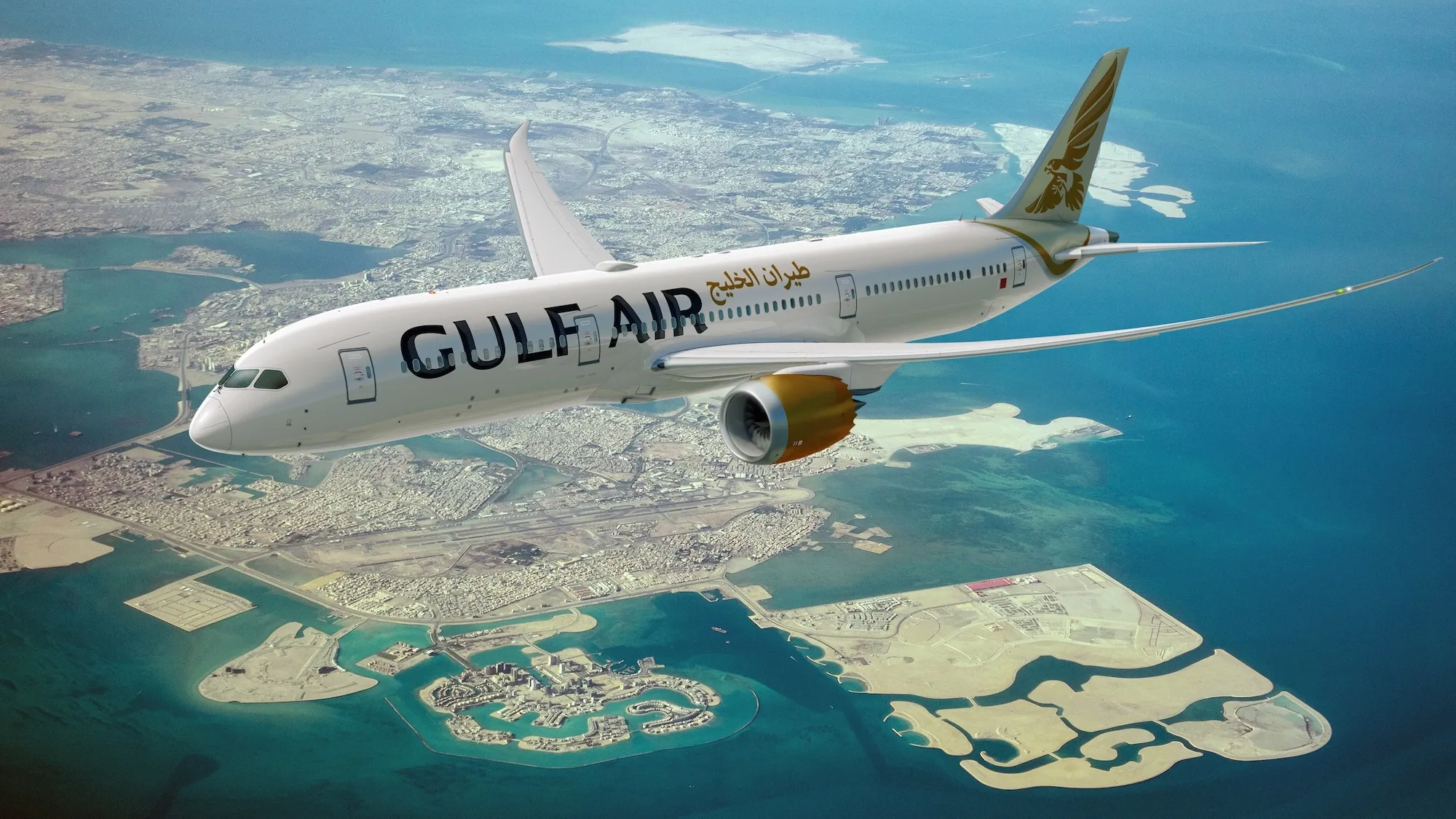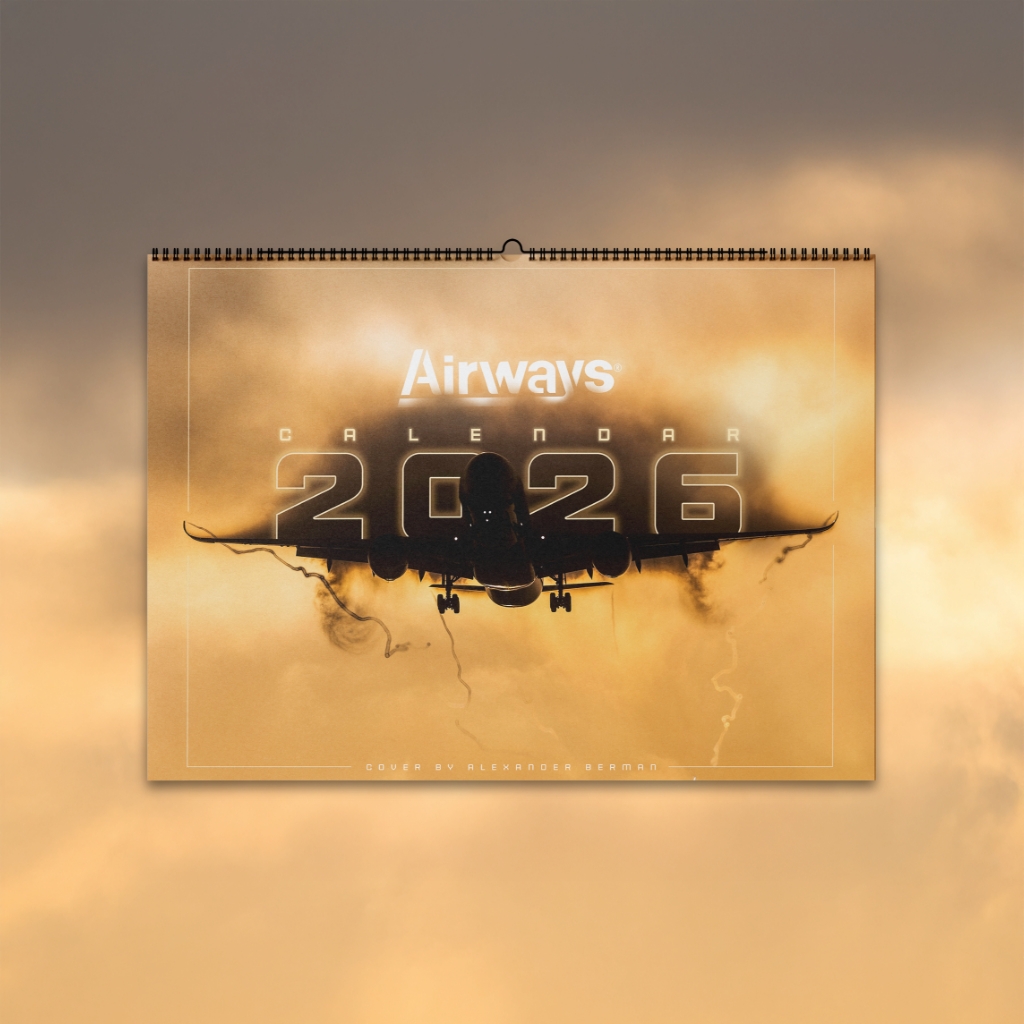BAHRAIN — Bahraini flag carrier Gulf Air (GF) and Boeing have announced an order for 12 new Dreamliners, alongside options for an additional six examples.
The order is stated to be worth up to US$4.6 billion and was announced as part of a state visit by Crown Prince Salman bin Hamad Al Khalifa to the United States during a meeting with U.S. Commerce Secretary Howard Nutnick.
“This agreement marks a transformative step in Gulf Air's strategic growth journey as we expand our global footprint and modernize our fleet with one of the industry's most advanced and efficient aircraft," says Khalid Taqi, chairman of the Gulf Air Group.
"The Boeing 787 Dreamliner has proven to be an exceptional aircraft for our long-haul operations, and this new order reflects our confidence in its performance, passenger appeal, and contribution to our sustainability goals. We are proud to deepen our partnership with Boeing and reaffirm our commitment to positioning Bahrain as a key global aviation hub."
Also commenting on the deal, President and CEO of Boeing Commercial Airplanes Stephanie Pope said, "We are excited to build on our more than 60-year partnership with Gulf Air as we deliver the market-leading 787 Dreamliner to help the airline serve more passengers and connect more destinations… This investment in the 787 Dreamliner demonstrates Gulf Air's commitment to new technology and sustainable development, reinforcing Bahrain's position in the aviation sector."
The Gulf Air Dreamliner Fleet
Currently, GF operates a fleet of 10 Boeing 787-9 powered by Rolls-Royce Trent 1000 turbofan engines. Though the variant(s) ordered today have not yet been specified, this deal shakes things up with the carrier opting for 40 General Electric GENx engines instead.
The Dreamliners comprise the entirety of the state-owned carrier’s wide-body fleet, which it deploys to cities such as London, Singapore, and Shanghai; however, like many other RR customers, it has experienced significant issues with the Trent 1000. One example was grounded for nearly two years, and at one point earlier this year, half of the fleet was parked. At the time of writing, only one 787 has remained on the ground since October 2024.
In addition to the order, during the signing ceremony, Gulf Air and Boeing also signed a Memorandum of Understanding (MoU) to “jointly explore the establishment of workshop capabilities in the Kingdom of Bahrain.”
Essentially, the MoU represents a commitment to assess strategic partnerships for MRO capabilities in Bahrain, enabling all types of maintenance, repairs, and overhauls for its fleet to be performed in-house, rather than outsourcing, which can be time-consuming, complex, and expensive.
This also presents an opportunity for the Gulf country to become an MRO hub for other operators, which GF states is part of its broader efforts to collaborate in the MRO industry. Bahrain is one of the Arab states bordering the Persian Gulf and is a member of the Gulf Cooperation Council (GCC).
Gulf Air’s fleet today consists of 43 Airbus and Boeing jets: eight A320-200, seven A320neo with five on order, four A321-200, six A321neo with three on order, eight A321LR, and 10 787-9, with orders currently up to 20 units. A pair of Rolls-Royce-powered Boeing 787 are due in 2026 and 2027 before the jets from today’s order arrive.

Boeing Wins in Southwest Asia
Boeing has been on a selling spree in the Middle East as of late. In May, they secured their most valuable order in history for up to 210 wide-body jets, including 130 firm Boeing 787 for Qatar Airways (QR). The deal, in addition to its astonishing dollar figure, also marked the largest wide-body order ever for the American plane-maker, the most significant single Boeing 787 order ever, and QR’s biggest aircraft order in its history.
However, size aside, the bigger picture reveals Boeing’s sustained growth in the southwestern region of Asia. At the 2023 Paris Air Show, the manufacturer firmed up an order for 220 jets from Air India (AI), the largest commercial aircraft order at the time, and signed Saudi lessor AviLease for up to 30 Boeing 737-8 in conjunction with the recent Qatari order.
And all of this comes as Riyadh Air (RX) launches flights using Boeing 787-9 Dreamliners, with a commitment for up to 73 examples, and Emirates (EK), although significantly behind schedule, is the largest customer for the Boeing 777X with orders for 205 examples.
However, it's not all sunshine and rainbows for the American manufacturer. Delays persist across all programs, with the FAA announcing last month that it will not be lifting the current production cap of 38 Boeing 737 MAX airplanes per month.
In addition, the Boeing 787 Dreamliner backlog remains incredibly long, which, at the current rate of 55 planes per month, will not dry up until at least 2039. Then, of course, there’s the Boeing 777X, which was initially slated for entry into service in 2019. Certification testing is well underway; however, a new EIS date is slated for next year.



.webp)
